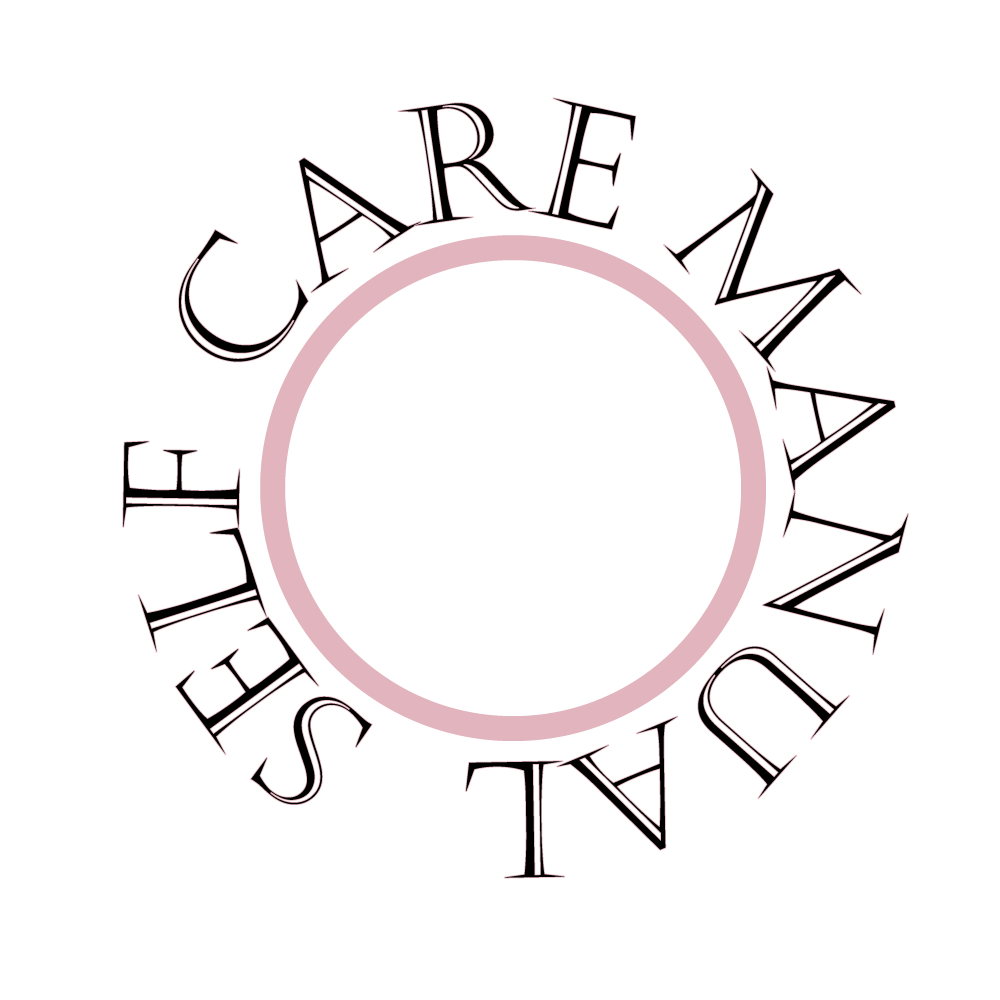Mastering Habits: A Practical Guide to Building a Positive Routine
The desire to build new, positive habits and redefine our routines for a more fulfilling life can be both exciting and overwhelming.
The truth is, altering our habits requires a thoughtful and strategic approach—one that considers the intricacies of behavior, the science behind habit formation, and the personalized nature of our individual journeys.
So, if you've ever found yourself standing at the crossroads of change, uncertain of the first step to take, you're not alone.
Understanding the Science of Habits
First, let’s cover what is the science of forming habits.
The science of making habits involves forming a mental association between a consistent context or cue and a behavior that is performed repeatedly. This repetition creates an automatic response to the cue, which is known as a habit.
Moreover, habits are automatic and override intentional behavior, making them difficult to change.
This is followed by the fact that our brains love efficiency, so they turn repeated actions into habits through a process called chunking. It's like bundling routine tasks together for smooth, automatic execution. But here's the kicker: habits are sneaky. They pop up when triggered by cues around us, like a specific time or place.
Now, breaking up with a habit is a bit like any breakup—you've got to replace it with something new! It's all about rewiring your brain.
Identifying Your Keystone Habits for Success
Defining things is like laying the groundwork for success, and when it comes to habits, we're talking about 'keystone habits.' These are the powerhouse routines that, when tackled first, have a ripple effect, influencing other aspects of your life.
These keystone habits can be small or big, and lead to a great number of positive outcomes.
To identify keystone habits, you can follow these steps:
Reflect on your perfect day: Think about what felt like a "small win" during your day. Small wins can provide a pattern of small victories that lead to increased motivation and productivity
Look for habits that provide small senses of victory: Keystone habits give you numerous small senses of victory, which can help build momentum and create a chain reaction of positive habits
Identify habits that lead to the development of other habits: Keystone habits often create a chain reaction, changing and rearranging other habits in your life
Consider the impact of the habit on different areas of your life: Keystone habits can affect various aspects of your life, such as physical, intellectual, emotional, and spiritual domains.
Imagine starting your day with a simple keystone habit—morning mindfulness meditation. This small yet powerful routine involves taking just five minutes each morning to center yourself, breathe, and set positive intentions for the day. As you consistently embrace this habit, you begin to notice a ripple effect. Suddenly, your focus sharpens, and stress levels diminish. This newfound clarity spills over into your work, making tasks more manageable and boosting productivity. The positive energy you bring into your morning seeps into your interactions, fostering healthier relationships. It doesn't stop there—your improved mental state inspires you to make healthier food choices and hit the gym, creating a chain reaction of wellness.
Some examples of keystone habits include exercising, meditating, journaling, and maintaining a healthy diet.
Setting Clear and Achievable Goals
Now, let's explore the art of goal-setting and how it serves as the catalyst for turning aspirations into tangible habits.
Keep it Attainable and Realistic: Ensure your goals are within reach, considering the practical requirements needed for accomplishment.
Connect Goals to Your Values: Infuse your goals with personal or professional values.
Write it Down: Transform your goals from thoughts to reality by putting pen to paper. Sharing them with someone else adds an extra layer of commitment—accountability in the journey of change.
Break It Down: For those big, audacious goals, break them into bite-sized, achievable steps.
Set a Time Frame: Specify when your goals will come to life and plan that exciting first step.
Creating a Habit Tracker: Your Roadmap to Progress
The habit tracker—an invaluable tool that not only keeps you accountable but also transforms your progress into a tangible, motivating experience.
Why a Habit Tracker?
Picture it as your personal progress journal, a visual representation of your journey. It's a powerful motivator that turns the abstract concept of habit formation into something concrete and measurable. Here's how you can create and leverage your habit tracker:
1. Choose Your Format: Whether it's a digital app, a journal, or a simple chart on your wall, choose a format that resonates with you. The key is to make it accessible and easy to update.
2. List Your Habits: Identify the habits you want to cultivate and list them on your tracker. Be specific, and consider starting with just a few to ensure manageable progress.
3. Set Milestones: Break down your habits into milestones or achievable targets. This not only adds structure but also allows you to celebrate small victories along the way.
4. Daily Check-Ins: Make it a daily ritual to mark off each habit as you complete it. The act of checking off creates a sense of accomplishment, reinforcing your commitment.
5. Adapt and Reflect: Your journey isn't set in stone. Regularly review your tracker, adapt to changes, and reflect on what's working or needs adjustment. Flexibility is key to sustainable habits.
Conclusion
As we wrap up our exploration into the art and science of habit-building, remember that transforming your routine is a journey, not a sprint.


